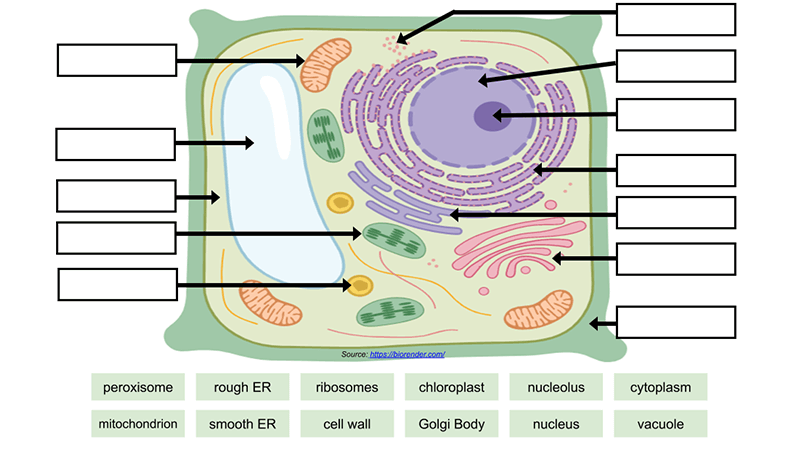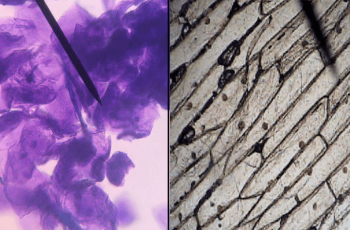Tag: plant
-
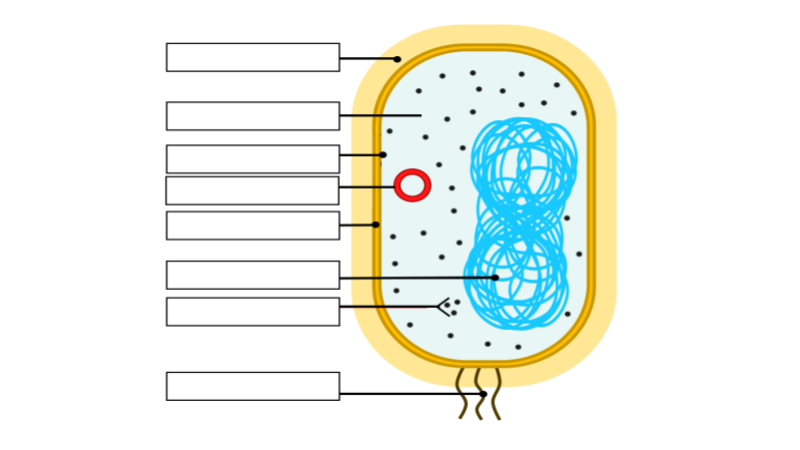
Label a Bacteria Cell
A short activity on bacteria cell form and function. Students label a diagram of a bacteria cell and answer questions.
-
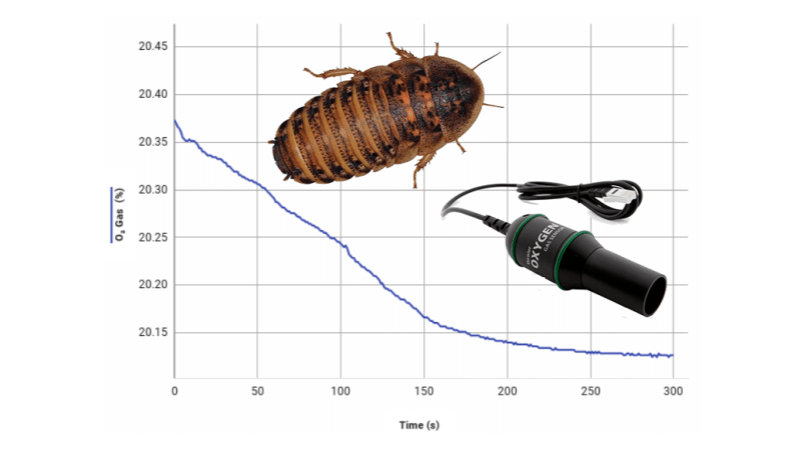
Inquiry Lab on Photosynthesis and Respiration
Discover how plants produce oxygen and energy through photosynthesis, and witness cellular respiration as it consumes oxygen. Engage in hands-on experiments, measuring real-time changes in oxygen levels.
-
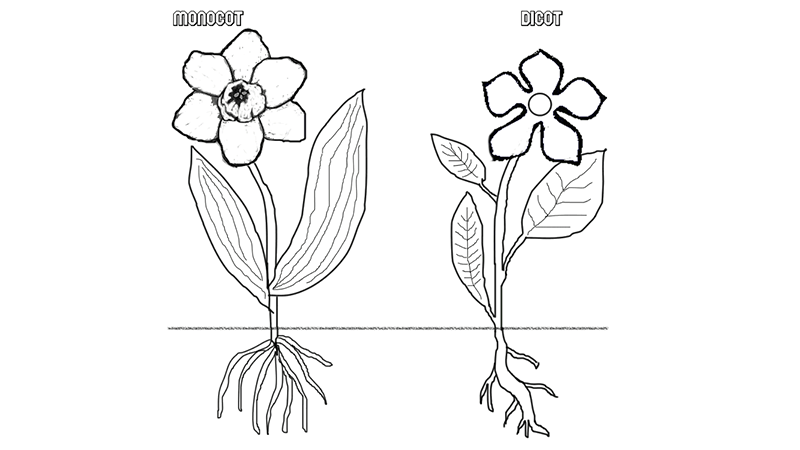
Comparing Monocots and Dicots with Coloring
Students learn about monocots and dicots by coloring diagrams of germination and flower structure. Great to pair with germination experiments!
-
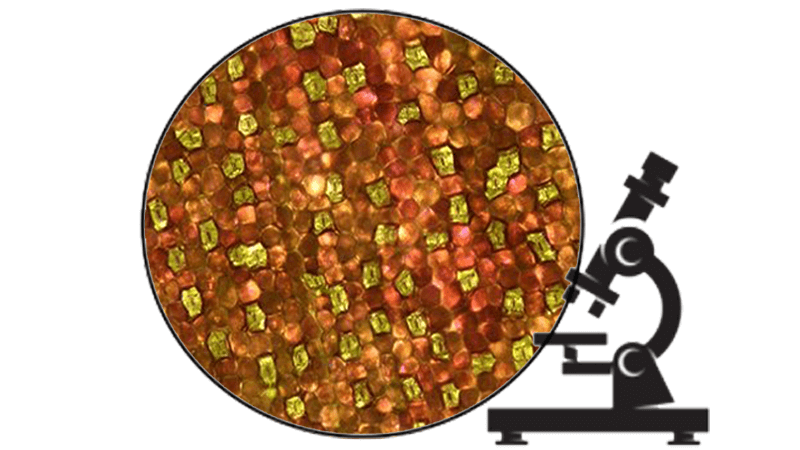
Investigation: Viewing Stomata in Zebrina Plants
View the stomata of plants with this simple activity that uses tape and fingernail polish. Great for beginning biology students!
-
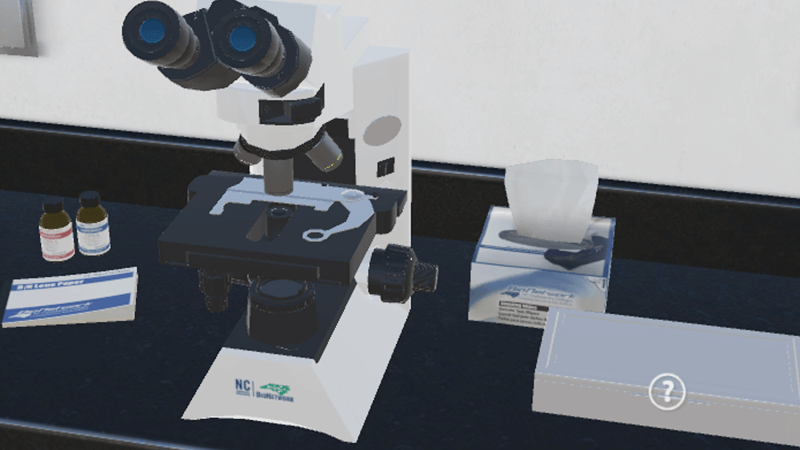
Virtual Microscope
This worksheet can be used with the Virtual Microscope where students can place specimens on a stage and use coarse and fine adjustment knobs to magnify up to 100x. Generally, I have my students practice with real microscopes, starting with a basic tutorial lab where they focus on the letter “e.” This virtual lab also…
-
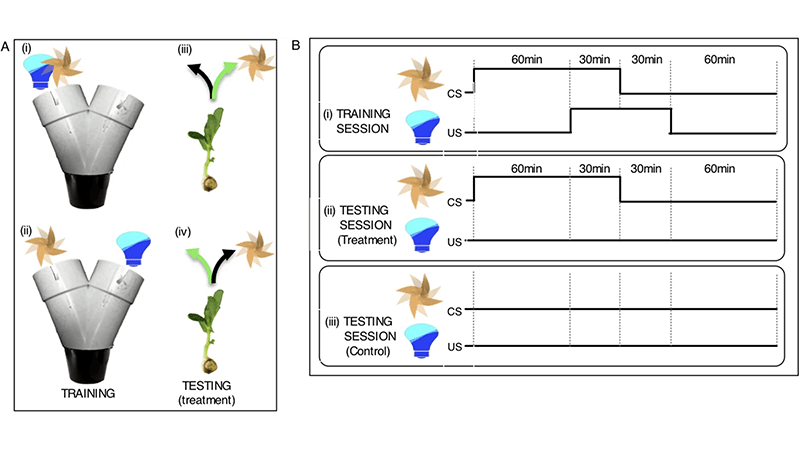
Can Plants Learn?
An experiment to determine if plants could learn by association Identify key features, such as variables, controls. Based on a real experiment in Nature.com.
-
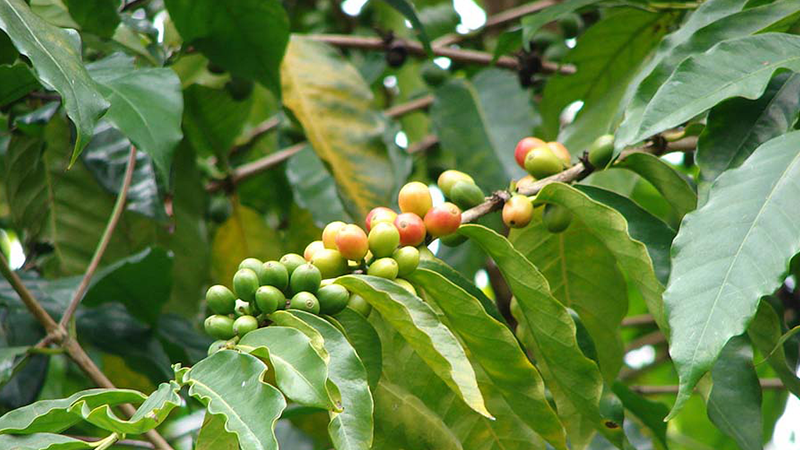
Evolution of Caffeine
In this activity, students access a database called UniProt that provides information about protein sequences derived from genome sequencing. Students search for the protein sequences of three plants that produce caffeine, Camellia sinensis, Coffea arabica, and Theobroma cacao (tea, coffee, and cocoa). They compare the protein sequences to determine if the gene to create caffeine arose independently…
-
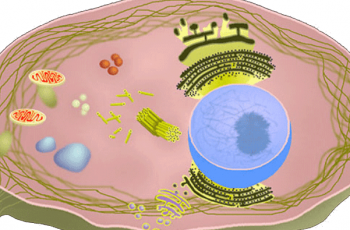
Cells Alive Worksheet
This worksheet follows diagrams and activities at CellsAlive.com which focuses on the size of cells compared to other objects, such as viruses and pollen. Students view interactive plant, animal, and bacteria cells to learn about the different structures associated with each.
-
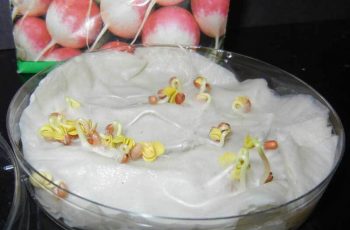
Investigation: What Factors Affect Seed Germination?
This activity can be used as part of a unit on plants or as an activity to illustrate the scientific method. The materials are cheap and can be obtained from the grocery store. Students design an experiment to determine what factors affect seed germination. They are given a list of variables that are appropriate…
-
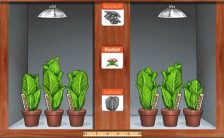
Photosynthesis Lab – How Light Color Affects Growth
A virtual simulator that shows how plant growth changes in response to the color of light. Students measure the heights of plants grown under different colors.
-
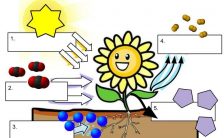
How Does Photosynthesis Work?
This handout can be used with a lecture on photosynthesis, where students label the main features of the light-dependent reaction and the Calvin cycle.
-

Investigation: What Are the Different Types of Cells?
Students look at cells from different domains and kingdoms; compare the size of cells and how their structure and shape differ depending on their function.
-
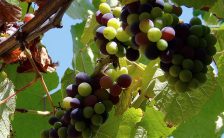
Investigation: How Much Water Is In a Plant?
Students compare the amount of water in three types of plants: a root (carrot), a fruit (grape) and a leaf by weighing samples and dehydrating them overnight.


